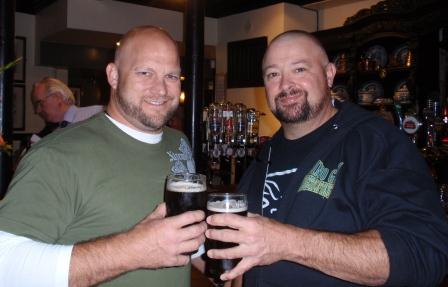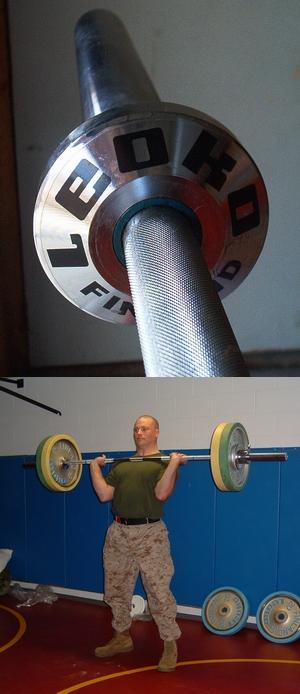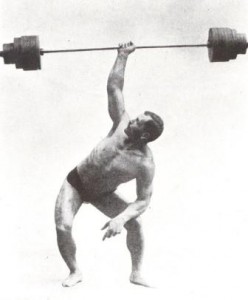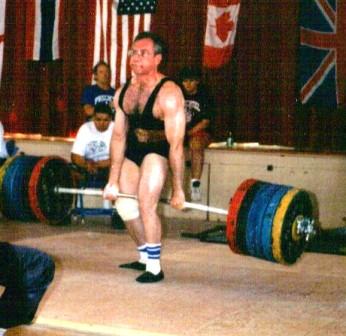World Championships
by Al Myers
MEET ANNOUNCEMENT
THE 2012 IAWA WORLD CHAMPIONSHIPS

Chad Ullom (left) and Al Myers (right) will be the co-promoters of the 2012 IAWA World Championships. As you can tell by this photo, these two "jokers" know how to have a fun time so put this meet in your plans as it's FOR SURE going to be a GREAT TIME!
It seems just like the “other day” when Chad and I put in a bid for these World Championships at the 2010 Worlds in Pennsylvania, and now the meet is being OFFICIALLY ANNOUNCED. I am very excited about this opportunity to bring the IAWA World Championships to my hometown. Initially, Chad and I thought we might have this big meet in Kansas City, but after more thought, we decided it would be more fun to have this meet in the place where we do our training – the DINO GYM & TRAINING CENTER. It’s no fancy Hilton ballroom, but I know it is a place where most all-round lifters would “feel right at home” lifting weights. After the great show the Australians put on in Perth this past year, we have a “tough act to follow”! I promise to everyone that we will do our best to make this an enjoyable Championships, and make your trip to Kansas worthwhile. We don’t have the pristine beaches to show off like Peter and Robin showed us in Perth, or any castles to show off like the English and Scots have, so please don’t get your expectations too high for any exotic vacation in Kansas! At least this meet is in October so we will avoid the hot, dry 100 Degree F days of the summer.
Chad and I tried to pick a broad selection of all-round lifts for this meet. I know it is hard to pick lifts that please everyone, and after hearing all the “moans and groans” when I read this list of lifts at this past years meeting, I hope at least SOMEONE likes them. The meet will be a 2-day meet. The lifts are:
Day 1: Saturday, October 6th
Reverse Curl (Curl -Reverse Grip)
One Hand Clean and Jerk (Clean and Jerk – One Arm)
Pullover and Press on Floor (Pullover and Press)
Steinborn (Steinborn Lift)
Day 2: Sunday, October 7th
Two Hands Snatch – 2 Inch Bar (Snatch – Fulton Bar)
One Hand Hacklift (Hack Lift – One Arm)
Straddle Deadlift (Jefferson Lift)
I included both the IAWA official name (the first one) and the USAWA official name (the name in parenthesis) of the lifts to minimize confusion. I plan for this meet to be a 2-platform, 2 session meet each day. I also want to mention that this World Championships will be a BIG ONE because it is the anniversary of the 25th IAWA World Championships. Several “special awards” will be given to recognize lifters that have made significant contributions to the IAWA throughout our history. So for that reason alone, this is a meet you DO NOT want to miss. More details will follow, but for now I just want to get the meet announced so everyone can make plans to join us at the Dino Gym the FIRST WEEKEND OF OCTOBER.
2012 IAWA Worlds Entry Form (pdf) – 2012 World Championship Entry Form


